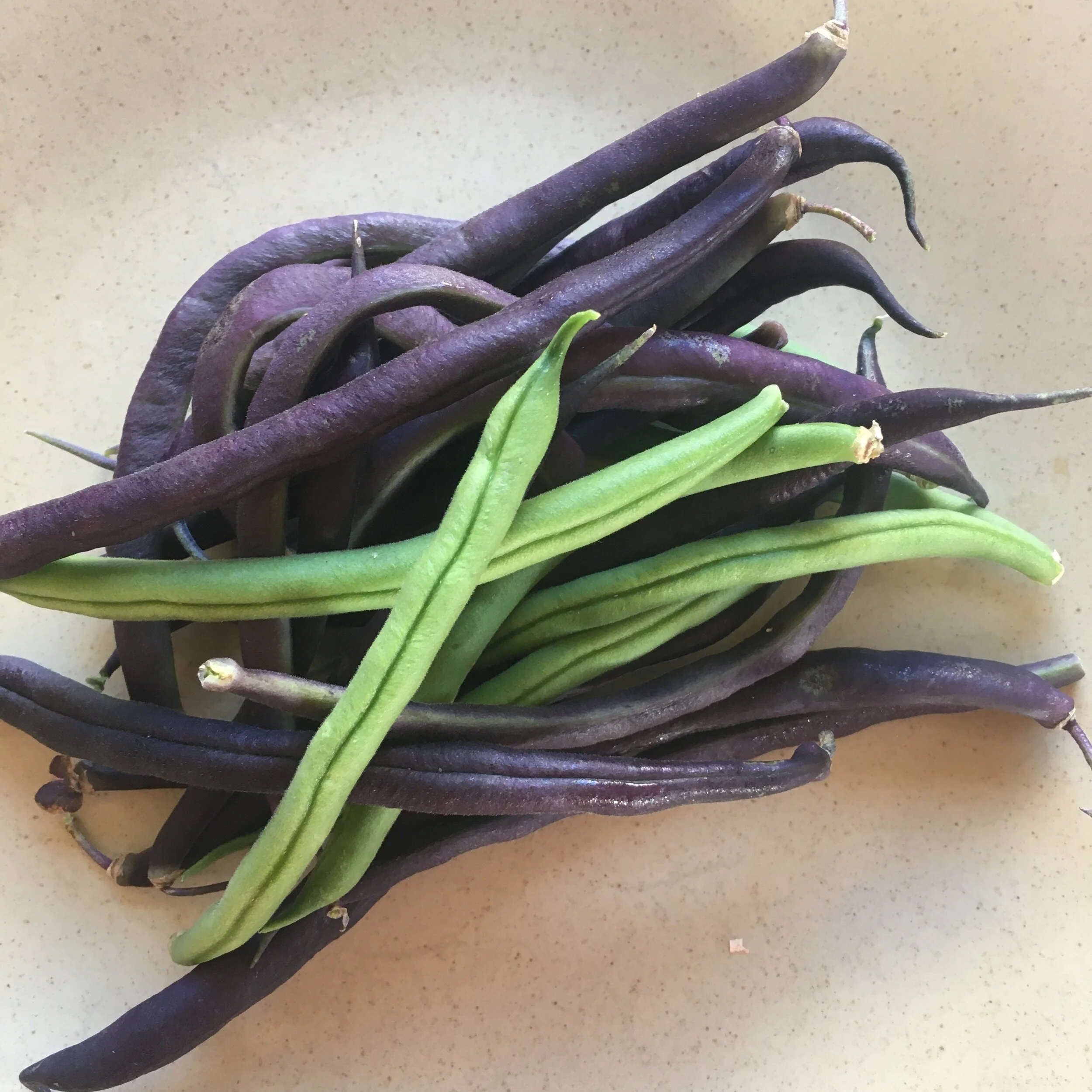July 10, 2013
It’s plum season in my neighborhood. Cindy, who lives across the street, has what we think is a Santa Rosa plum tree. It is prolific. No matter that my apricot tree didn’t give 150 pounds of fruit again this year.
Cindy’s plum is probably headed for that number. I’ve lost count of the bags of plums I’ve gathered or she’s given me. Each one weighs about five pounds.
So before I begin the plum saga, here are some reflections on edible gardens and community.
Fruit trees are the best investments. The harvest is plentiful and they last for decades. —Sustainably Modern
Fruit trees are permanent edibles in the garden, unlike annual crops which must be planted, watered, weeded and then go to the compost bin. Thoughtfully sited, fruit trees add structure and grace to the landscape.
So my garden friends and I are talking about who will grow the lemons, who has room for an apricot tree, who will grow the sprawling butternut squash and who can devote an area to asparagus.–Ann
Ann, one of my gardening neighbors (who is a retired city department manager) aspires to coordinate a community of growers who can share their harvest and receive what they don’t grow. Sort of a neighborhood CSA.
The millennials may have figured this out, unlike, their boomer parents. Read about the Share Economy in a Forbes article earlier this year.
Really, do each of us need to have our own plum tree that produces 150 pounds of fruit?
So I didn’t get around to telling you what I’m doing with all these plums. That’s a story for another day.





